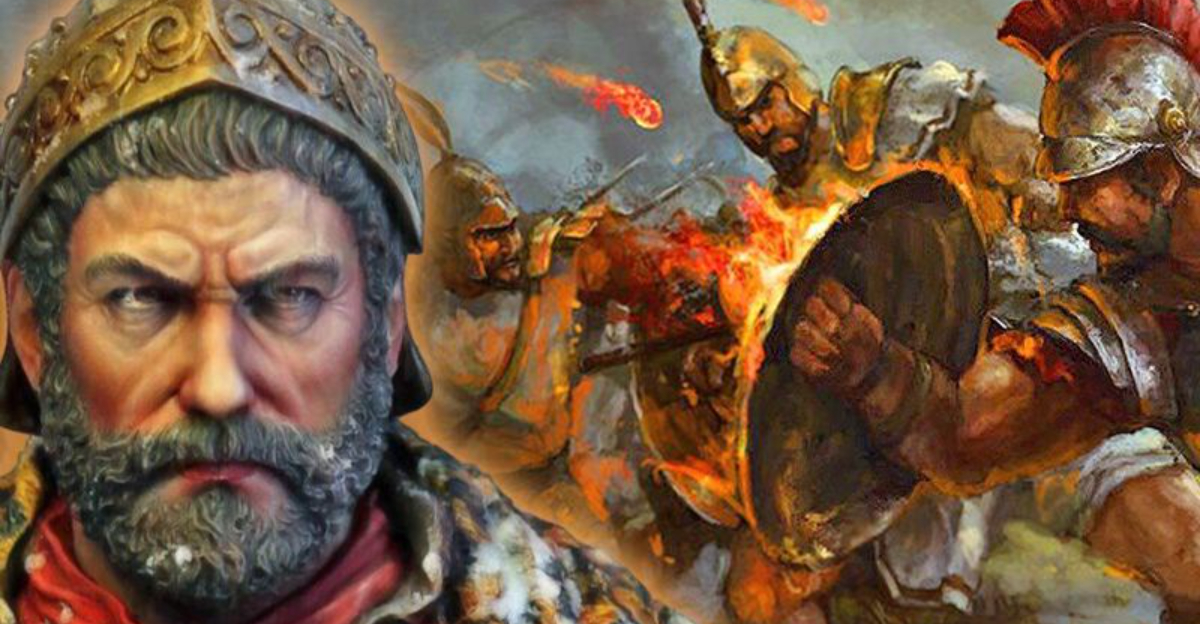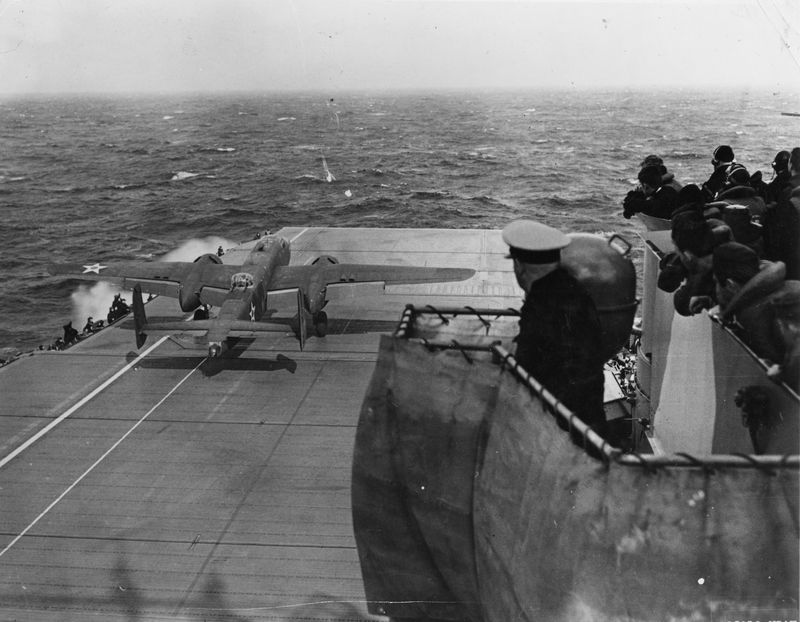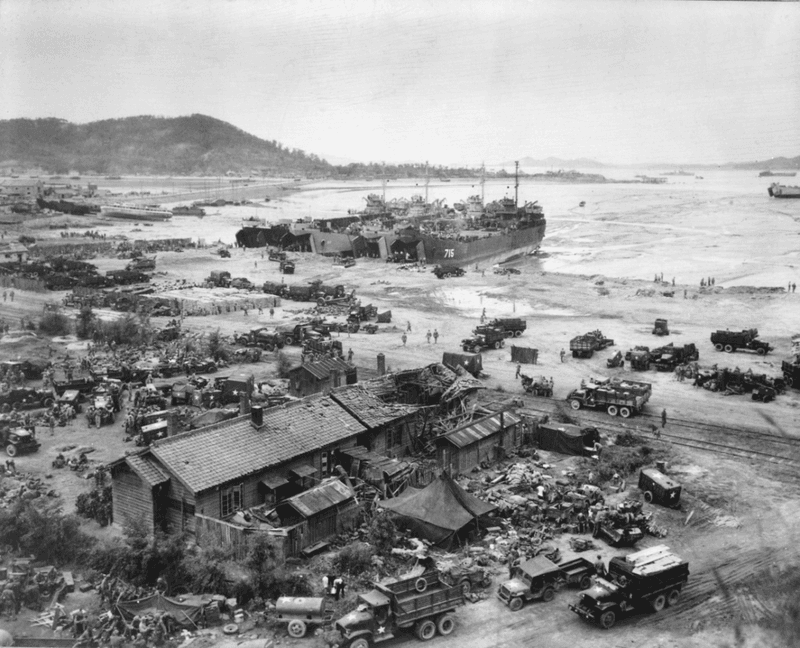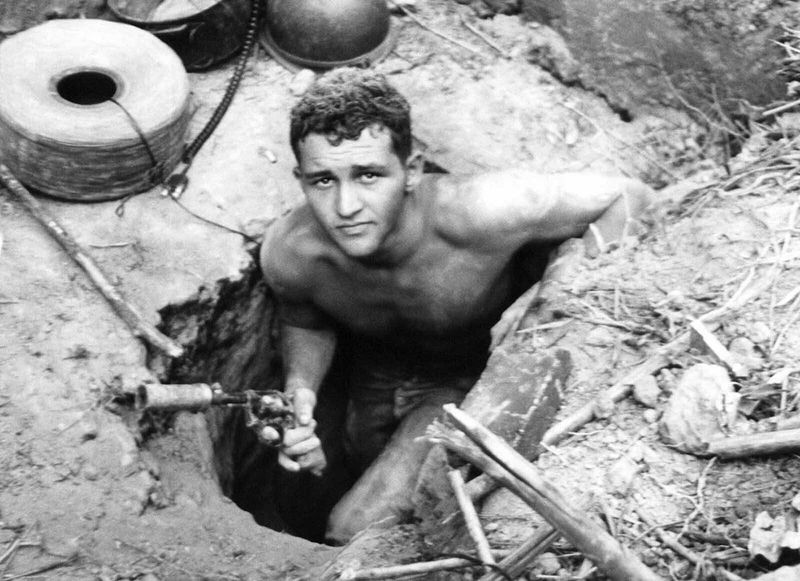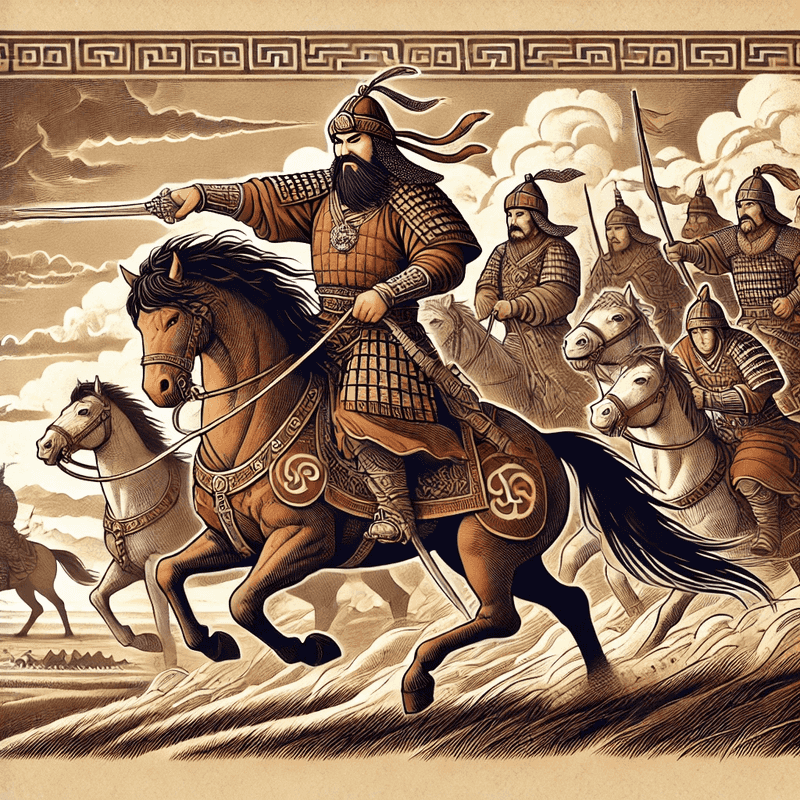Some military tactics defy all logic. They sound reckless, suicidal, or just plain absurd—yet they worked. So well, in fact, that today’s generals and cadets still study them. Whether they turned the tide of a battle or shocked the enemy into submission, these seemingly doomed strategies proved that sometimes, bold beats smart.
1. Washington’s Christmas Crossing of the Delaware (1776)
Crossing an icy river at night, in a snowstorm, with an exhausted army? Sounds like a disaster waiting to happen. But George Washington’s surprise attack on Trenton revitalized the American Revolution.
A masterclass in timing, risk, and desperation, this move defied logic. Washington’s boldness paid off, striking the Hessian forces when least expected.
The crossing was fraught with danger but showcased Washington’s ingenuity and leadership. It exemplified how daring can lead to success against the odds. The Christmas crossing remains a symbol of American resilience and strategic brilliance.
2. The Trojan Horse (Mythical, But Legendary)
Whether it happened or not, the concept of tricking one’s way into a city inside a giant wooden gift is wild. The Trojan Horse should never have worked.
Yet, it remains a timeless symbol of deception. Military academies today study it as an example of psychological warfare.
This tactic relied on cunning and the element of surprise. The story of the Trojan Horse teaches the value of thinking outside the box. Its legendary status underscores its influence in both myth and military strategy, sparking the imagination of tacticians everywhere.
3. Napoleon’s Rapid Flanking at Austerlitz (1805)
Napoleon pretended to be weak on his right flank, inviting the enemy to attack. They took the bait, only to be crushed by a surprise strike.
This tactic defied common sense but illustrated how misdirection can control the battlefield. Napoleon’s brilliance lay in manipulating enemy expectations.
Austerlitz became a testament to the power of strategic deception. It showcased how calculated risk and the art of surprise could turn the tide of battle. Napoleon’s rapid flanking maneuver is still a cornerstone in military strategy studies today.
4. The Doolittle Raid on Tokyo (1942)
Launching bombers off an aircraft carrier with barely enough fuel to reach China was madness. Yet, the Doolittle Raid struck a psychological blow to Japan after Pearl Harbor.
Borderline suicidal, the mission boosted American morale and demonstrated unyielding resolve. It was a daring gamble that paid off.
The raid underscored the importance of striking unexpectedly to shatter enemy confidence. It’s a classic example of audacity and ingenuity in warfare. The Doolittle Raid remains an iconic moment of World War II history, showcasing boldness in the face of adversity.
5. Blitzkrieg (Lightning War)
Using tanks and aircraft to smash through enemy lines at lightning speed was risky. Nazi Germany’s early WWII successes with Blitzkrieg shocked the world.
This tactic’s brilliance lay in its speed and coordination, despite stretched supply lines. Blitzkrieg redefined modern armored warfare.
The tactic exploited surprise and momentum, overwhelming opponents before they could react. It’s a study in the effectiveness of rapid, concentrated force. Blitzkrieg remains a foundational strategy in military education, teaching the power of swift, decisive action.
6. Hannibal’s Double Envelopment at Cannae (216 BCE)
Surrounded on all sides? Usually, that’s game over. Yet Hannibal desired just that. At Cannae, he allowed Roman forces to push into his center, then encircled them. A brutal slaughter ensued.
Hannibal’s gamble to ‘let them in’ remains the gold standard in battlefield maneuvers. This tactic was audacious, requiring impeccable timing and courage.
The maneuver at Cannae is still taught as a masterclass in envelopment. Its success lay in its sheer boldness and the ability to execute it flawlessly. Hannibal’s strategy changed how battles could be won, setting a precedent for future generals.
7. The Inchon Landing (1950)
Douglas MacArthur’s plan to land troops at Inchon during the Korean War defied nearly every strategic rule. Narrow tides, seawalls, and a well-defended harbor posed immense challenges.
Yet, it worked brilliantly, reversing the course of the war. MacArthur’s boldness and tactical genius were on full display.
The Inchon Landing exemplified the power of surprise and unconventional thinking. It demonstrated how audacity and meticulous planning could achieve the seemingly impossible. This operation is still studied for its innovative approach to amphibious assaults.
8. Vietnam’s Tunnel Warfare
The Viet Cong turned underground living into a military strategy. Their tunnel systems beneath jungles and battlefields baffled U.S. forces.
Dangerous and low-tech, it was a primitive yet effective method of warfare. The tunnels allowed for surprise attacks and evasion.
This tactic showcased adaptability and resourcefulness. It demonstrated how guerrilla techniques could outlast a superior power. Vietnam’s tunnel warfare remains a lesson in the value of unconventional strategies in modern conflicts.
9. Feigned Retreats by Mongol Horsemen
Run away to win? The Mongols perfected this trick, pretending to flee only to lead enemies into traps.
It required discipline and nerves of steel, showcasing the Mongol’s strategic brilliance. Such tactics shattered empires.
Feigned retreats taught the value of patience and cunning. They highlighted the importance of strategic feints in warfare. This approach remains a captivating study in the art of military deception, illustrating how appearances can be deceiving.
10. Operation Fortitude: D-Day’s Fake-Out (1944)
The Allies created an entire fake army, complete with inflatable tanks and radio chatter, to convince Hitler the D-Day landings would occur elsewhere.
The ruse worked, granting the real invasion precious momentum. It was a textbook case of military deception.
Operation Fortitude exemplified the power of misdirection and strategic brilliance. It highlighted the impact of psychological warfare in achieving victory. This operation remains a cornerstone in studies of deception and planning in military tactics.
